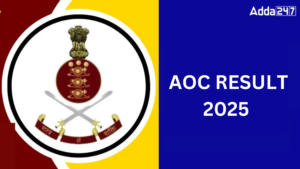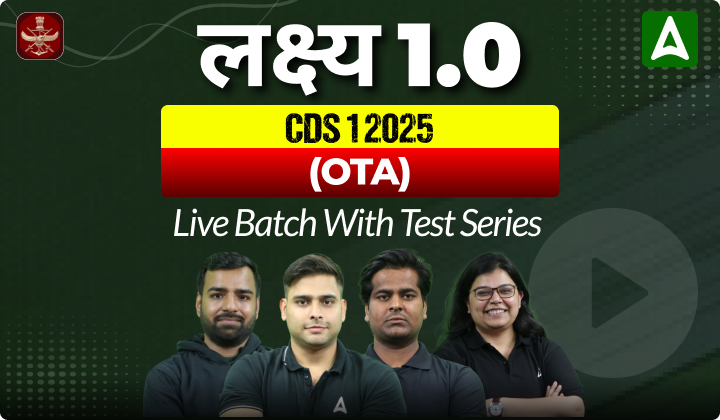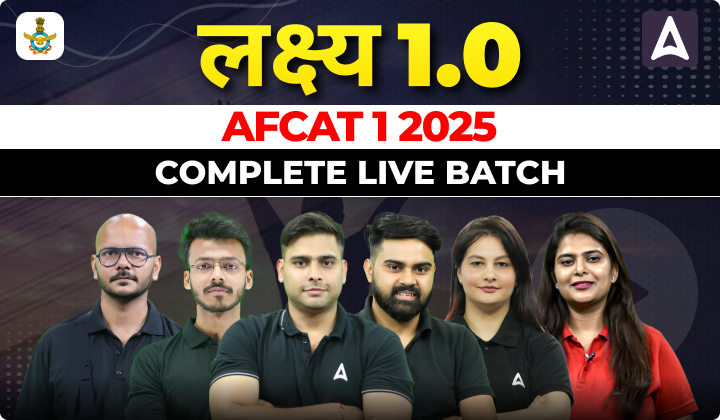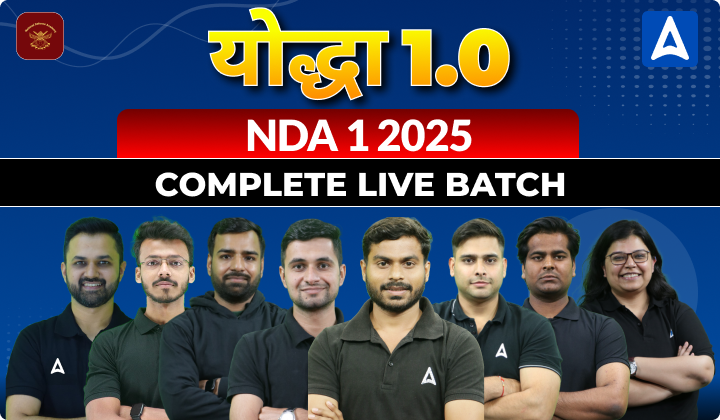History of Durand Cup
The Durand Cup, also known as the Durand Football Tournament, is jointly hosted by the Durand Football Tournament Society (DFTS) and the All India Football Federation (AIFF). It is the third oldest football competition in the world, with its first edition taking place in 1888 in Shimla. The thing that makes this tournament truly remarkable is that it started more than 50 years before India’s independence, adding to its historical significance.
Foundation of Durand Cup
- The credit for initiating Durand Cup goes to Henry Mortimer, a British personnel, who laid the foundation for the competition.
- For a period of 52 years, the Durand Cup was held in Shimla, but in 1940, the venue was shifted to Delhi, where it has been held ever since.
- The Durand tournament was primarily centered around military teams, but as time passed, it opened up to include professional teams alongside the Army squads.
- One of the notable victories in recent years was by the Army Green team, who won the Durand Cup in 2016, marking a significant moment for the military contingent in the tournament’s history.
Durand Cup: Importance in Indian Armed Forces
Originally, the Durand Tournament was founded as a military-centric event, with its main focus on the British Armed Forces, the Indian Army, and other armed units, including provincial frontier-security regiments and volunteer regiments of the reserves.
- The tournament was primarily organized for the participation and enjoyment of military personnel.
- It became apparent that the native soldiers had a strong inclination towards field hockey rather than football.
- This preference for field hockey was evident from the continued dominance of Indian and Pakistani teams in international events like the Olympics.
- The teams showcased their skills and prowess in the field hockey arena, achieving remarkable success and bringing glory to their respective countries.
- There was an intriguing exception to the trend of native soldiers showing a preference for field hockey over football in the context of the Durand Tournament.
- The Nepali men belonging to the Gurkha brigades actively participated in football, setting themselves apart from the general inclination towards field hockey.
- Initially, this made football predominantly open to the Indian Army, as they were the ones who showed a keen interest in the sport.
Durand Cup Trophy
Unlike most sports competitions where the winning team receives a single trophy, the Durand Cup stands out as an exception by offering the victorious team a total of three trophies, each holding its own unique significance.
The presentation of three trophies to the winners of the Durand Cup reflects the tournament’s deep-rooted tradition and the value it places on recognizing excellence in football.
- The Durand Trophy: This was the original trophy presented when the Durand Cup started in 1888. However, in 1965, the decision was made to transform this trophy into a rolling trophy.
- The President’s Cup: This trophy was first presented by Dr. Rajendra Prasad, the first President of India. It serves as a symbol of the tournament’s association with the highest office in the country.
- The Shimla Trophy: This trophy was initially presented by the citizens of Shimla in 1903. Like the other trophies, it was transformed into a rolling trophy in 1965. The Shimla Trophy’s historical significance lies in its connection to the beautiful hill town of Shimla, where the Durand Cup was held for 52 years before being shifted to Delhi in 1940.




 CDS Previous Year Question Papers, Downl...
CDS Previous Year Question Papers, Downl...
 AOC Result 2025 Out, Download Link Activ...
AOC Result 2025 Out, Download Link Activ...
 NDA 1 Admit Card 2025 Out, Download NDA ...
NDA 1 Admit Card 2025 Out, Download NDA ...












